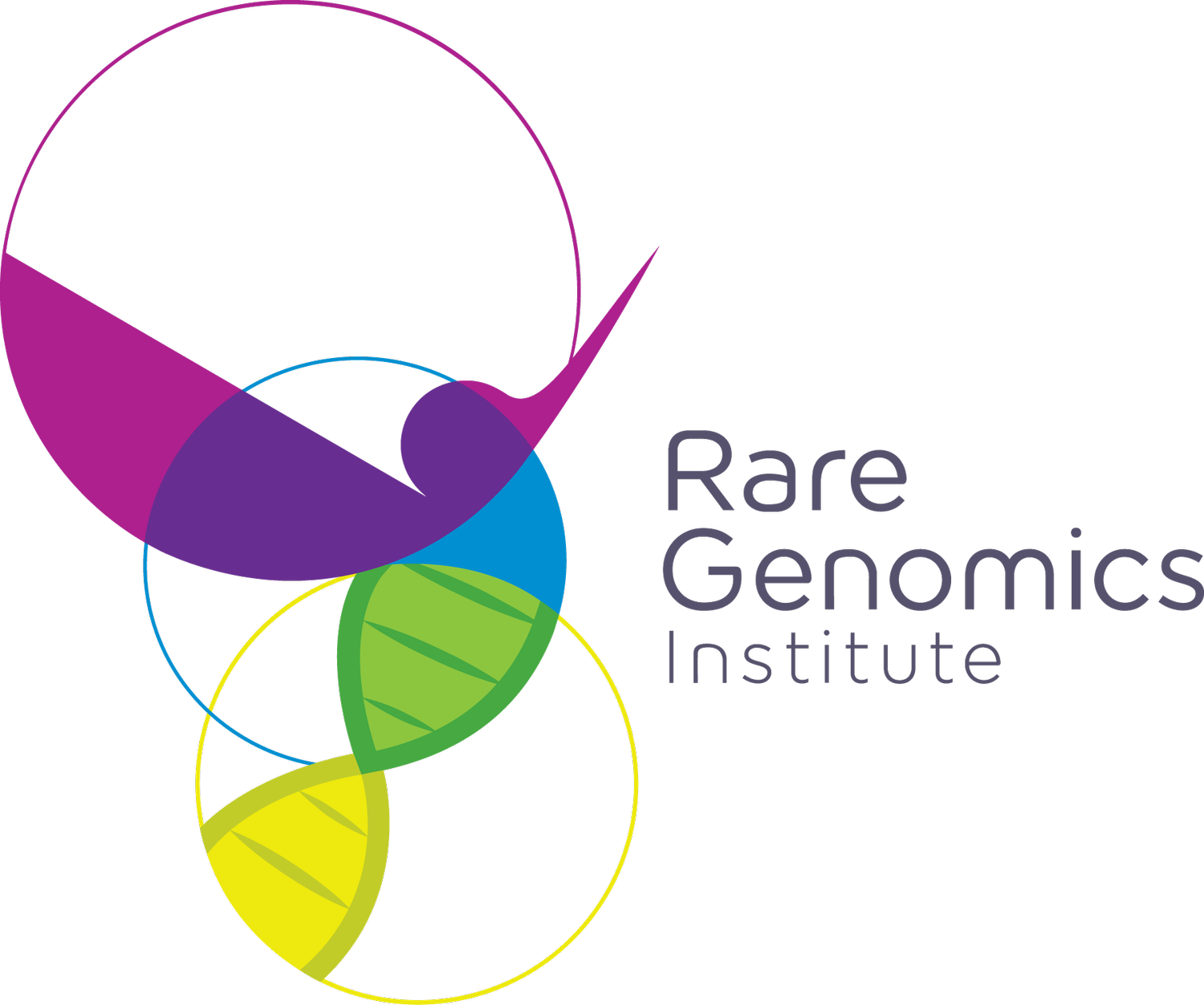Infantile Neuroaxonal Dystrophy (INAD)
What is Infantile Neuroaxonal Dystrophy (INAD)?
Infantile neuroaxonal dystrophy (INAD) is a rare, genetic neurological disorder. Symptoms usually present between 6 and 18 months of age. There is often rapid onset of motor and intellectual regression. Diminished muscle tone, called hypotonia, is also present. Hypotonia means the infant will be weak and ‘floppy’. Later on, spasticity develops. Spasticity is when the muscle tone increases and the muscles stiffen. Spasticity causes abnormal stiff, jerky movements, particularly of the legs. There are also problems with vision and the eyes, the autonomic nervous system, and, in a minority of individuals, seizures. Usually, the progression is very fast and the disorder can be fatal in childhood. There are atypical forms of INAD that have been recognized with onset as late as the teen-aged years; this is an even rarer condition and the prognosis or life span is not known.
INAD is part of a spectrum of disease called PLA2G6-associated neurodegeneration. INAD is the severe end of this spectrum. The spectrum itself is further classified as part of a group of disorders called neurodegeneration with brain iron accumulation or NBIA.
What is the prevalence of INAD?
The prevalence of INAD is not known. It is believed to be a very rare disorder. The prevalence for PLA2G-associated neurodegeneration as a group is estimated to be about 1 in 1,000,000 in the general population.
How is INAD diagnosed?
A diagnosis may be suspected because of characteristic signs and symptoms. However, many of these signs and symptoms are common to other neurodegenerative disorders. A diagnosis may be confirmed through molecular genetic testing. Such testing may involve looking at the PLA2G6 gene to see whether a mutation is present. This can provide a diagnosis in about 80% of infants.
Additional testing may done to help obtain a diagnosis, or after a diagnosis to establish the extent of the disease. Biopsies of nerve tissue from the skin or conjunctiva may reveal characteristic changes. Magnetic resonance imaging called an MRI or other imaging techniques may reveal characteristic changes in the brain like cerebellar atrophy.
Other tests that may be performed can include an electromyography, which measures the electrical activity of muscle tissue; an electroencephalography (EEG), which measures the electrical activity in different parts of the brain; visual evoked potential, which assesses the eyes when they are exposed to a test pattern; and nerve conduction velocity, which measures the speed of conduction of electrical impulses through a nerve.
Is there any specific gene/pathway in INAD that has been identified?
INAD is caused by a mutation or genetic alteration in the PLA2G6 gene. This gene produces an enzyme called A2 phospholipase. This enzyme is necessary to break down a type of fat called lipids. Because the PLA2G6 gene is altered, affected people do not have enough functional copies of this enzyme and cannot properly breakdown (metabolize) these fats. This can cause problems including excess build up of membranes in nerve cells, or the build up of iron in the brain.
INAD is an autosomal recessive disease. This means that individuals must have two copies of the altered gene, one received from the mother and the other from the father. If an individual receives one normal gene and one affected gene, the person will become a carrier for the condition but not affected with it. This case is known as a heterozygous gene pattern. Thus, the risk for two carrier parents to pass on the altered gene and produce an affected offspring is 25% per pregnancy. The risk of the child being a carrier is 50% and the chances of the child inherited two unaltered copies of the gene are 25%. The risk of inheritance is the same for both males and females.
How is INAD treated?
There are no disease-specific treatments or cure. Treatment is aimed at the symptoms that are present and include antibiotics for infections or anti-convulsants medications for seizures. Supportive services including occupational therapy, physical therapy, speech therapy and other such services may be recommended.
Are there any clinical trials underway for INAD?
Yes. There are currently 3 clinical trials underway.
How can RareShare be helpful to INAD patients and families?
As a free online disease-specific forum, RareShare can be a focal point where patients, families, researchers and healthcare providers can exchange information on INAD.
RareShare, MGCI Cancer Society, and RGI Chapter
